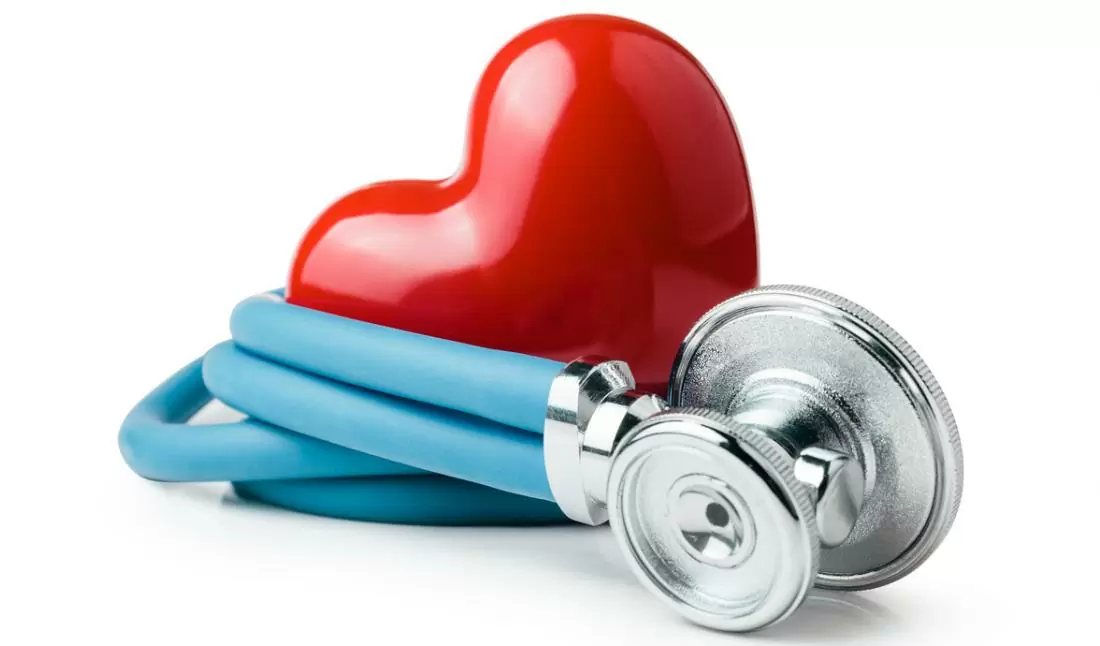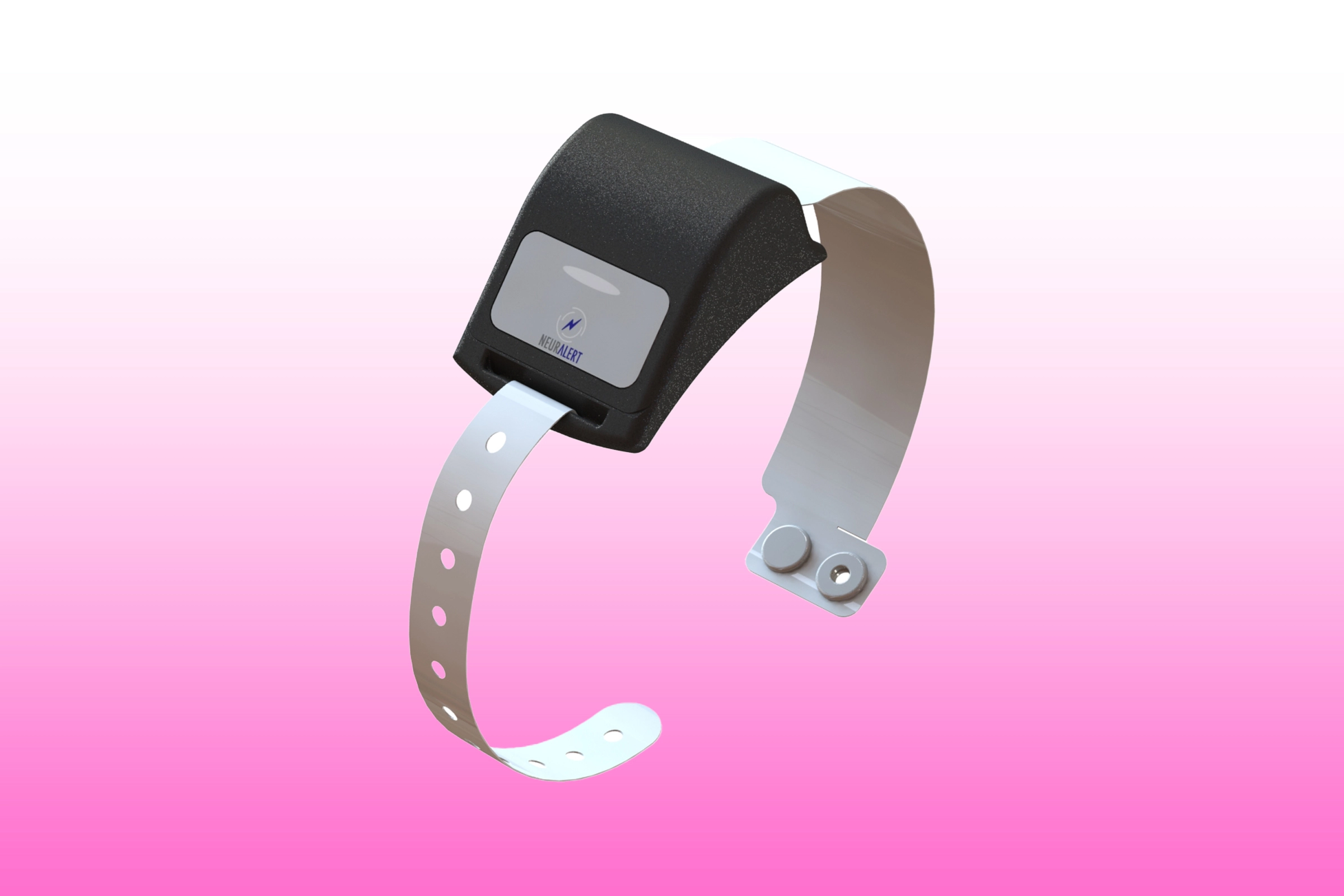One issue facing cardiologists which are treating heart disease is the fact that they often find a hard calcium packed shell covering a soft and gooey plaque in blood vessel walls. That makes it tough to insert a balloon to clear the artery walls. However, there is a new technique called “Intravascular lithotripsey (or IVL)†which was approved by the Food and Drug Administration, or FDA, in 2021 which uses shock waves to break up hardened deposits in the heart and even kidney stones. “Coronary artery disease patients in their Late 60’s, 70’s  or 80’s and even older will generally have calcium in their blockages, so this is an important tool for treating heart disease in older persons, particularly the elderly,†cardiologist Dr. Quinn Capers told AARP Bulletin.







